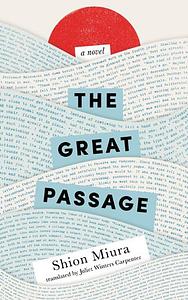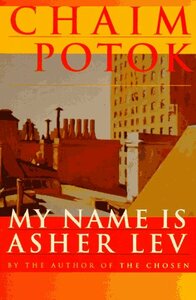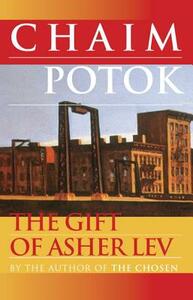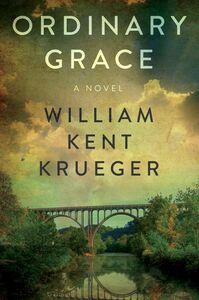You need to sign in or sign up before continuing.
Take a photo of a barcode or cover
wildc's Reviews (196)
First class writing, unusual plot, interesting multi-dimensional characters. What’s not to like? I listened to the audio version and found it completely engrossing. The author completely avoids trite scenarios and hackneyed devices. I am really impressed. And a bit surprised that it’s average rating is less than 4 stars.
Unlike some other reviewers I didn’t find this predictable or long-winded. Maybe listening to it was different than reading it? I found it a fascinating premise with a plot that was, by turns, funny and sad.
How does an artist build their practice forward when they have no relatable art history to build on? How much does our cultural identity find its way into the work we make? Can we appropriate icons from other cultures and make them our own? How is this perceived both by the establishment to whom the icons belong and to our own cultural group to whom they do not? How acceptable will our art be to said establishment?
While this book addresses these kinds of questions for ‘Jewish art’, the questions themselves are ones that all marginalised or non-mainstream groups continually grapple with.
While this book addresses these kinds of questions for ‘Jewish art’, the questions themselves are ones that all marginalised or non-mainstream groups continually grapple with.
Perhaps this book hasn’t stood the test of time? I found the characters interesting but the plot overly drawn-out. In fact I was convinced I wouldn’t read the next one in the series until the very last chapter which finally transmitted nail-biting, emotional tension. So I started the sequel, and now I’m thinking I probably shouldn’t have.
3.5 Stars. I liked it more than the first one but still found his writing style a bit repetitive.
In ‘Beautiful World, Where Are You’ by Sally Rooney, one of the protagonists, Alice - a novelist - says,
“The problem with the contemporary Euro-American novel is that it relies for its structural integrity on suppressing the lived realities of most human beings on earth. To confront the poverty and misery in which millions of people are forced to live, to put the fact of that poverty, that misery, side by side with the lives of the ‘main characters’ of a novel, would be deemed either tasteless or simply artistically unsuccessful. Who can care, in short, what happens to the novel’s protagonists, when it’s happening in the context of the increasingly fast, increasingly brutal exploitation of a majority of the human “species?”
In this book Aminatta Forna manages precisely such a juxtaposition: She tells the love stories of interesting but never easy protagonists whilst never shying away from the realities of the civil war that casts a shadow over them.
Unlike, her later novel, ‘Happiness’, this book and its characters didn’t grab me immediately and it was only the fact that I’d enjoyed the other book so much, that kept me going through the first few chapters. But this book is a slow burn in which the characters and the background of the civil war in Sierra Leone gradually assume greater and greater depth.
I was listening to the book on audio and there were definitely times when the descriptions of the brutality inflicted on civilians was hard to listen to. But the violence depicted is never gratuitous. In fact, the author is as sparing as she can be with this whilst still vividly getting the point across.
To manage to end this book on a note of hope shows the consummate skill that makes Aminatta Forna one of this century’s most admirable novelists.
“The problem with the contemporary Euro-American novel is that it relies for its structural integrity on suppressing the lived realities of most human beings on earth. To confront the poverty and misery in which millions of people are forced to live, to put the fact of that poverty, that misery, side by side with the lives of the ‘main characters’ of a novel, would be deemed either tasteless or simply artistically unsuccessful. Who can care, in short, what happens to the novel’s protagonists, when it’s happening in the context of the increasingly fast, increasingly brutal exploitation of a majority of the human “species?”
In this book Aminatta Forna manages precisely such a juxtaposition: She tells the love stories of interesting but never easy protagonists whilst never shying away from the realities of the civil war that casts a shadow over them.
Unlike, her later novel, ‘Happiness’, this book and its characters didn’t grab me immediately and it was only the fact that I’d enjoyed the other book so much, that kept me going through the first few chapters. But this book is a slow burn in which the characters and the background of the civil war in Sierra Leone gradually assume greater and greater depth.
I was listening to the book on audio and there were definitely times when the descriptions of the brutality inflicted on civilians was hard to listen to. But the violence depicted is never gratuitous. In fact, the author is as sparing as she can be with this whilst still vividly getting the point across.
To manage to end this book on a note of hope shows the consummate skill that makes Aminatta Forna one of this century’s most admirable novelists.









